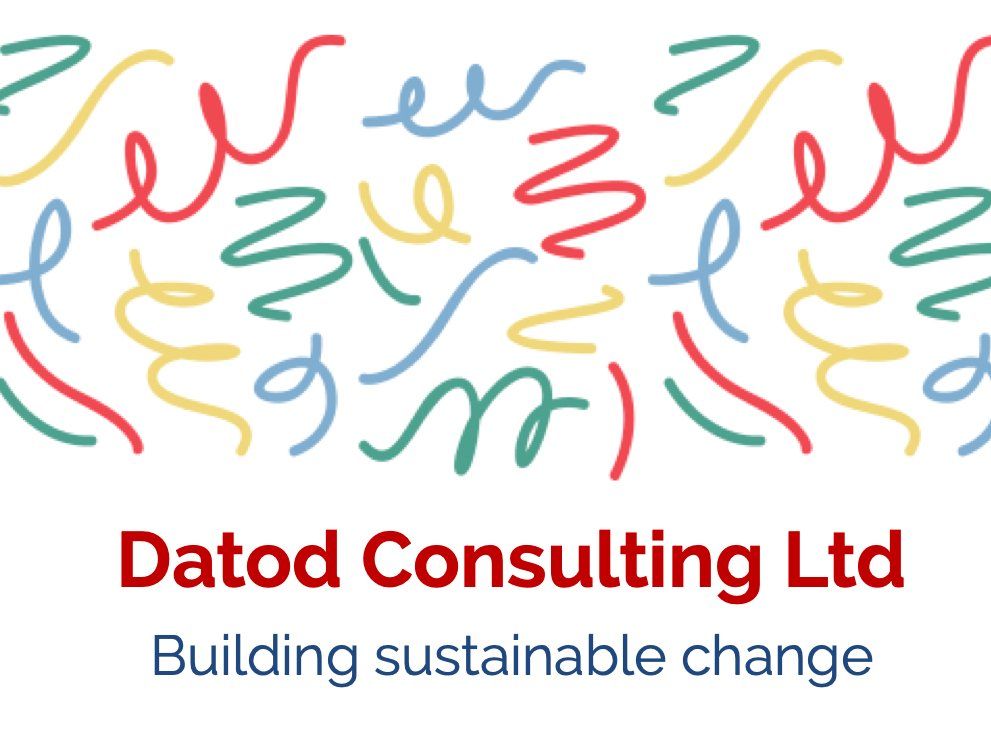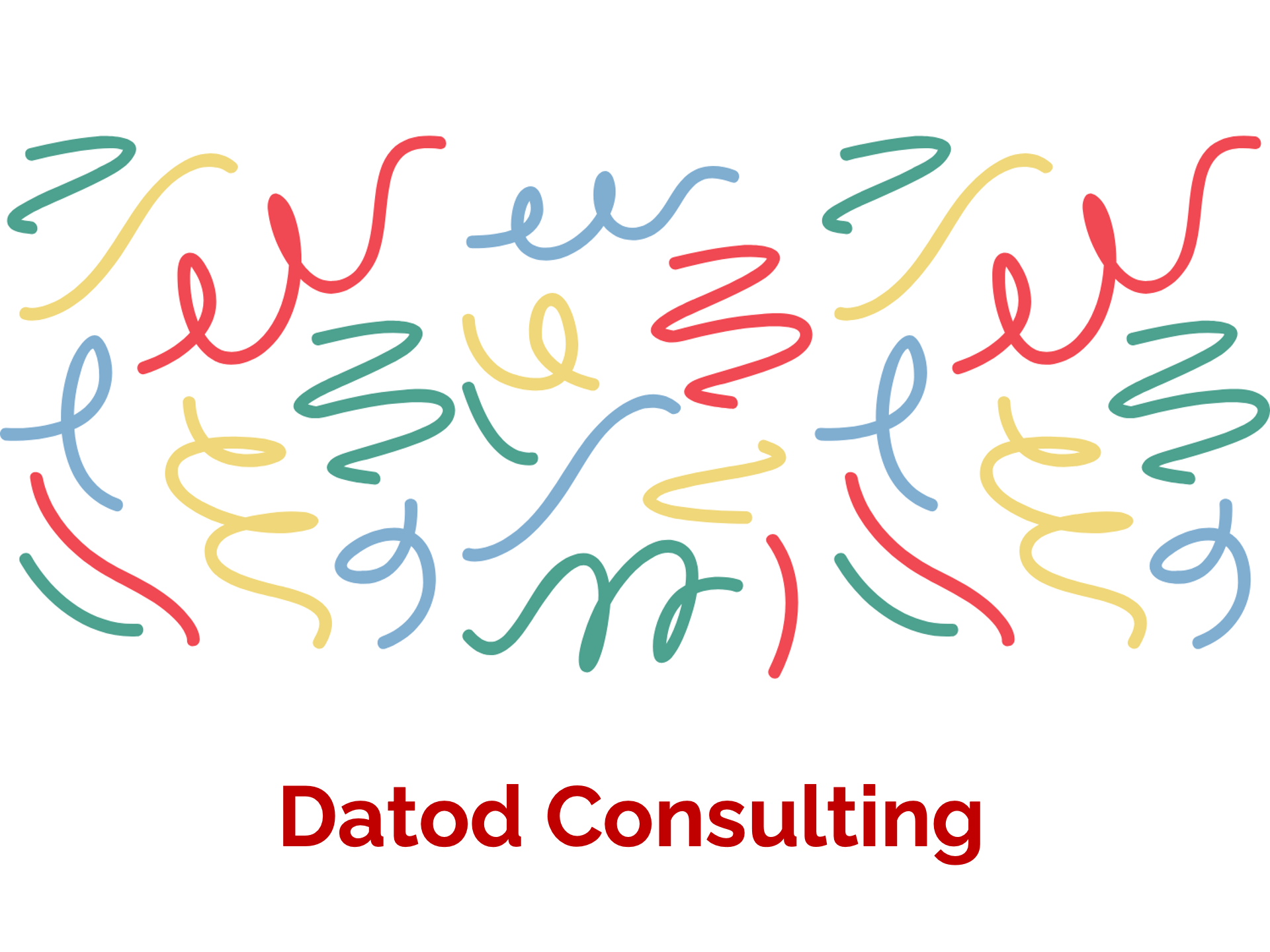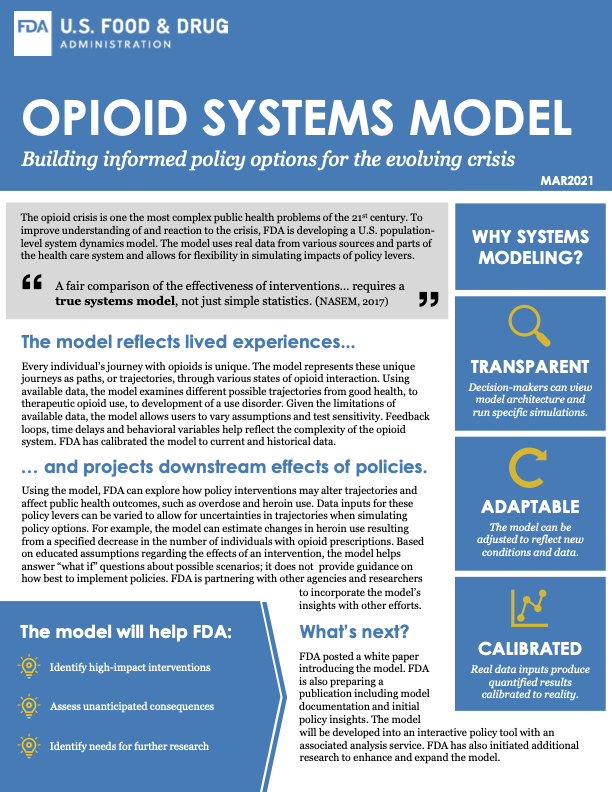From Poppies to Process Control: the mirage that can be cause and effect.
Whilst the Covid-19 pandemic is focusing a huge amount of public health attention currently, and rightly so, another even more catastrophic public health challenge has barely received widespread attention in the media outside of the USA. It is one that has claimed over half a million lives in the past twenty years: the opioid crisis [1,2].
It is also one that shows the dangers of overly constrained thinking and sometimes the unintended consequences of our actions.
Since the late 90s forms of synthetic opiates have been prescribed for the treatment of severe pain. With their use came a wave of deaths due to overdoses, the result of the drugs being over prescribed by the medical community. Looking back with the benefit of hindsight, we can now see healthcare policymaker’s reaction to these deaths as an abject disaster, and also an example of the dangers of “machine thinking”.
“Machine thinking” sees the world as a set of processes with inputs that can be controlled, and outputs measured and tabulated. The “cause and effect” relationship can be understood and through it the world brought under control. It is the world of statistical process control and quantitative approaches to our understanding.
The solution to the increasing number of opioid deaths, based on such thinking, was obvious to public health policy makers: restrict supply of the drugs. Subsequently prescribing opiate derivatives was curtailed in an attempt to bring the death rate under control.
Well, the addiction did not go away, nor did the associated pain of the addicts. Many turned to use of illegal heroin bought on the street once their physicians refused to support their addiction, one that in many cases they had help start. The second wave in deaths due to the abuse of these street drugs was an example of the unexpected consequences of policy enforcement and the result of “machine thinking”. We are currently in the midst of a third wave of deaths, the result of both prescription drugs and also illicitly manufactured opioid derivatives becoming available. This truly is a difficult problem to solve.
Machine thinking is all around us. It’s in our factories, schools, prison systems and governments. But the world isn’t like that, neither are our organisations.
Organisations aren’t just a collection of processes, “value – streams” or even linked systems that are complicated, but essentially still predictable. They are complex changing environments.
One of the inadequacies in continuous improvement thinking in recent years, and one sometimes uncomfortable with engineers who are often the proponents of the machine view of the world, is the concept of Complexity thinking.
Complex systems are often not linear. A complex system operates at many levels, macro and micro. It exhibits variety and can change depending on the environment, change that often happens sporadically with unexpected consequences. As such any complex system may have many potential futures, dictated by circumstances. Complex systems do not define a model of how the world could be but how the world is, whether we like it or not.
Returning to the opioid crisis, bodies such as the FDA are now understanding that a linear approach is not always the best strategy to solve problems. They are actively developing system models to better understand the challenges, the interactions and how best to address this pressing healthcare crisis with approaches that aren’t always obvious [3].
So, what does this mean to organisations wanting to improve the quality of their products and services or just their quality systems themselves ?
Firstly, several continuous improvement practitioners have recognised the deficiency in current thinking and integrated the concepts of complexity into their models [4,5]. They understand that few organisations are sets of processes and standard methodology widely applied today - such as lean and Six Sigma - does not account for or often even recognise this aspect. The FDA, who inspect your plant, are ahead to the game on this.
Secondly whilst qualitative approaches borrowed from the social sciences may not always give you the comfort of solid facts, they are still forms of data. Interviews, feedback, opinions and beliefs are equally valid and reflect “lived experiences” that describe the landscape within which organisations and quality systems operate.
Above all understand that at times, though it may not feel comfortable, we are not always in control as we think. There are times when we need not so much try to attempt to bring the world under control, but to “embrace complexity” , as this is reality of the world that organisations live in [6].
To have a greater chance of improving systems and make positive changes we need to supplement traditional linear thinking with different perspectives to help make for far better organisations, businesses, products for patients and more broadly the society we all live in.
[1] Szalavitz, M. (2021)
We are overlooking a major culprit in the opioid crisis. May. https://www.scientificamerican.com/article/were-overlooking-a-major-culprit-in-the-opioid-crisis/
[2] Centres for Disease Control (2021)
Understanding the Epidemic. March. https://www.cdc.gov/drugoverdose/epidemic/index.html
[3] Food & Drug Administration, USA (2021)
FDA Opioid Systems Modeling Effort. March. https://www.fda.gov/drugs/information-drug-class/fda-opioid-systems-modeling-effort
[4] Snowden, D.J. & Boone, M.E. (2007)
A leader’s framework for decision making. Nov
https://hbr.org/2007/11/a-leaders-framework-for-decision-making
[5] Thurlow, N., Rivera, B. & Turner, J. (2021) The Flow System: The Evolution of Agile and lean thinking in an age of Complexity. University of North Texas Press.
[6] Boulton, J.G., Allen, P. M. & Bowman, C. (2015)
Embracing Complexity:- Strategic Perspectives for an Age of Turbulence. Oxford University Press.



